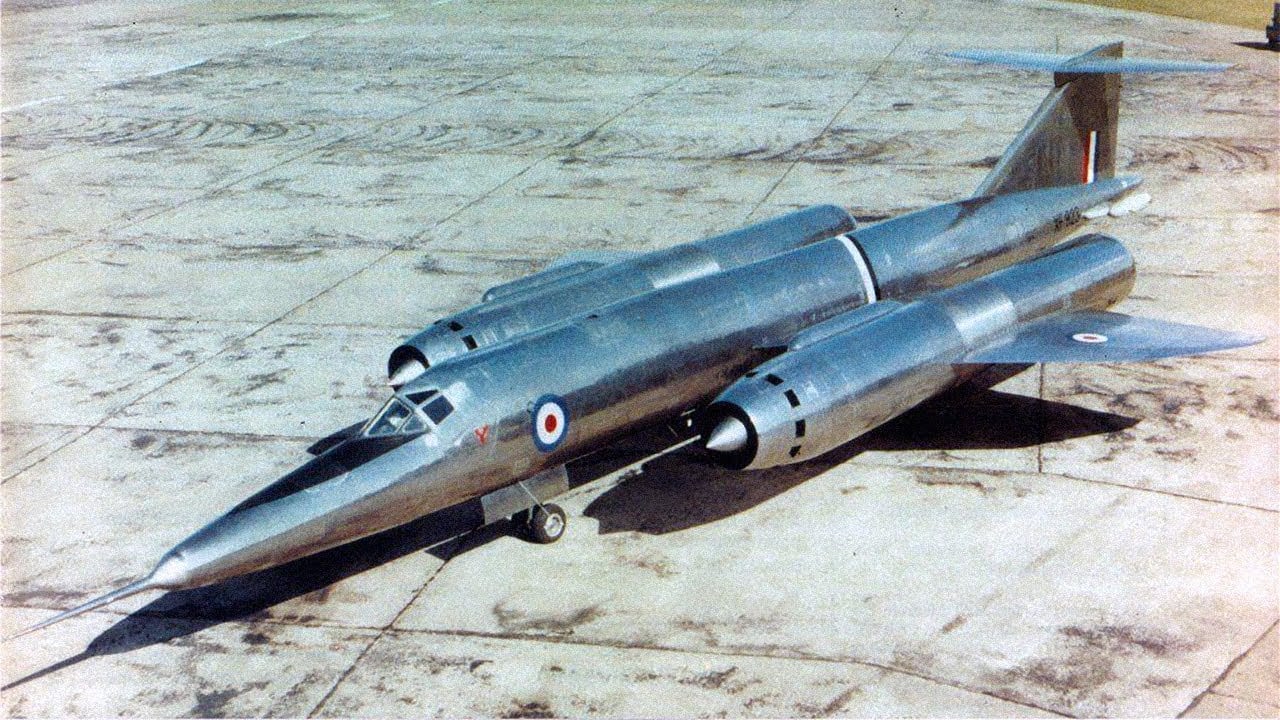The Pentagon's recent approval of a classified counter-drone strategy underscores an urgent need to address the escalating threat posed by weaponized unmanned aerial systems (UAS). Defense Secretary Lloyd Austin's initiative aims to unify the military's response to these threats, which have become increasingly prevalent in conflicts involving adversaries like Iran-backed Houthi groups and Russia. The strategy reflects a growing recognition that unmanned systems represent both immediate and long-term risks to U.S. personnel and facilities, necessitating a cohesive approach to countering these evolving challenges. The Department of Defense (DOD) is adopting a layered defense strategy, incorporating various capabilities from electronic warfare to kinetic solutions, to effectively neutralize enemy drones.
This comprehensive strategy not only aligns with existing DOD efforts, such as the Joint Counter-Small UAS office and the Replicator initiative, but also emphasizes the importance of collaboration with Congress, industry partners, and allies. By focusing on five key lines of effort—ranging from enhancing detection capabilities to integrating counter-drone measures into military doctrine—the DOD aims to create a robust framework for addressing UAS threats. While the strategy lays a foundational approach, it acknowledges the necessity for ongoing reassessment and adaptation to keep pace with the rapidly changing landscape of unmanned systems, highlighting the critical nature of this initiative for future military operations.









